Indoor Peanut Growing – Learn How To Grow Peanuts Indoors
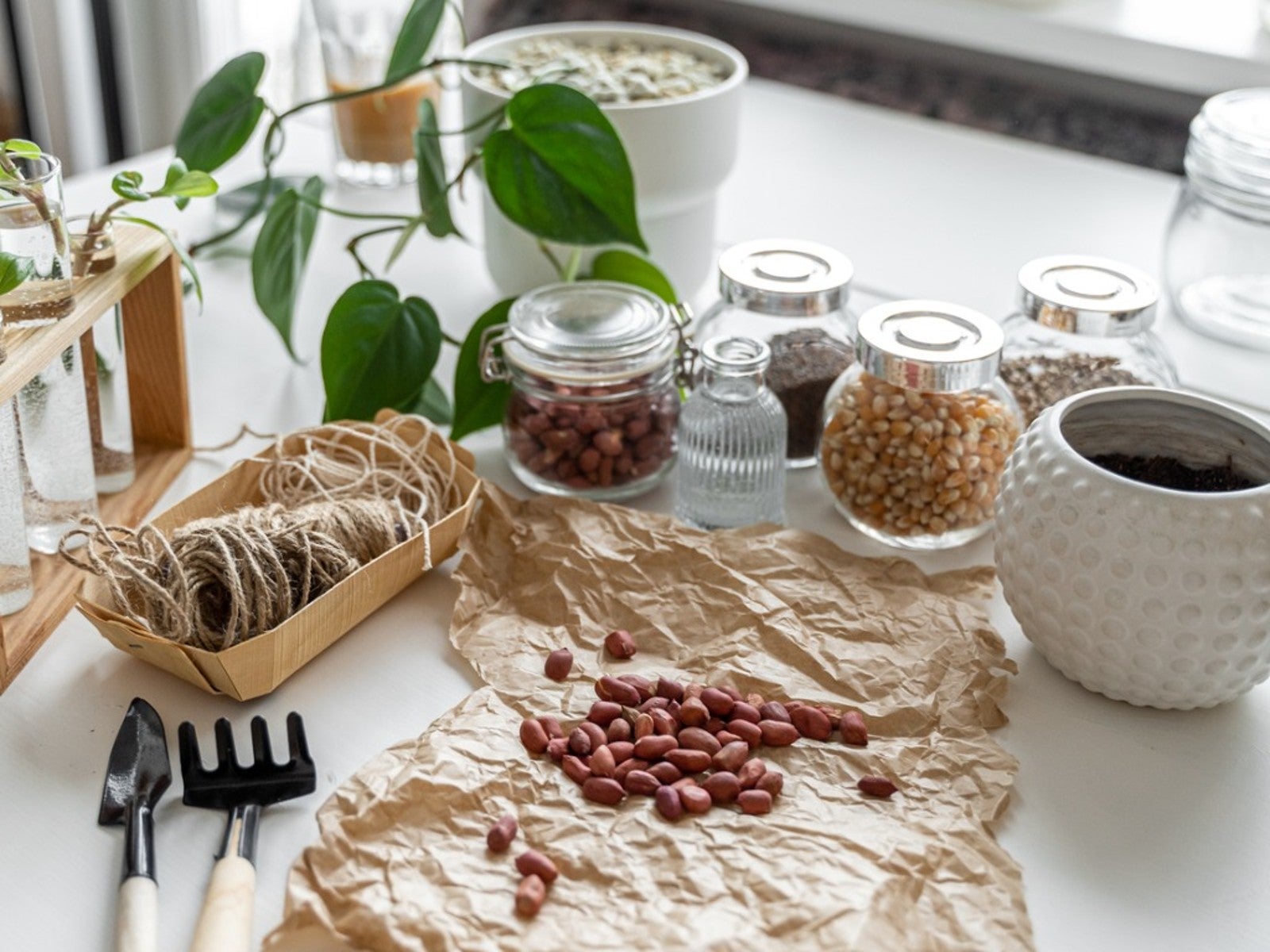

Can I grow a peanut plant indoors? This may sound like an odd question to people who live in sunny, warm climates, but for gardeners in chilly climates, the question makes perfect sense! Growing peanut plants indoors is indeed possible, and indoor peanut growing is a fun project for kids and adults. Want to learn how to grow peanuts indoors? Read on for easy steps.
How to Grow Peanuts Indoors
Indoor peanut growing isn’t at all that difficult. Simply start by filling a pot with lightweight potting mix. One 5 to 6 inch (13-15 cm.) container is large enough for starting five or six seeds. Be sure the container has a drainage hole in the bottom; otherwise, your peanut plant is likely to suffocate and die.
Remove a small handful of raw peanuts from the shells. (Leave them in the shells until you’re ready to plant.) Plant the peanuts, not touching, then cover them with about one inch (2.5 cm.) of potting mix. Water lightly.
Cover the container with clear plastic to create a greenhouse environment for indoor peanut growing. Place the container in a warm room, or on top of your refrigerator. Remove the plastic as soon as the peanuts sprout – usually in about a week or two.
Move each seedling to a large container when the seedlings are 2 to 3 inches (5-8 cm.) tall. A pot measuring at least 12 inches (31 cm.) deep and 18 inches (46 cm.) across will hold one bushy peanut plant. (Don’t forget – the pot must have a drainage hole.)
Put the pot in a sunny spot and turn it every couple of days so the peanut plant grows straight. Water regularly to keep the potting mix slightly moist. Watch for yellow flowers to appear after about six weeks after germination. Regular water is even more important during blooming.
Feed the plant with a light application of fertilizer when flowers appear. Use a fertilizer rich in potassium and phosphorus, but no nitrogen. Legumes create their own nitrogen and don’t require supplements. Consider an organic fertilizer if you intend to eat the peanuts.
Gardening tips, videos, info and more delivered right to your inbox!
Sign up for the Gardening Know How newsletter today and receive a free copy of our e-book "How to Grow Delicious Tomatoes".
Harvest the peanuts when the leaves begin to turn dry and brown.

A Credentialed Garden Writer, Mary H. Dyer was with Gardening Know How in the very beginning, publishing articles as early as 2007.
-
 Try The Trend – Turn Any Bed Into A Keyhole Garden With This Clever In-Ground Composter
Try The Trend – Turn Any Bed Into A Keyhole Garden With This Clever In-Ground ComposterKeyhole gardening is an efficient and sustainable practice that saves space. Get started on this DIY project quickly and easily with an in-ground composter.
By Bonnie L. Grant
-
 4 Superfast Composting Methods: Turn Waste Into Garden Gold In 30 Days Or Less
4 Superfast Composting Methods: Turn Waste Into Garden Gold In 30 Days Or LessTry the fastest composting methods to turbocharge your pile and transform kitchen scraps and garden waste into finished compost in just a few weeks.
By Mary Ellen Ellis
-
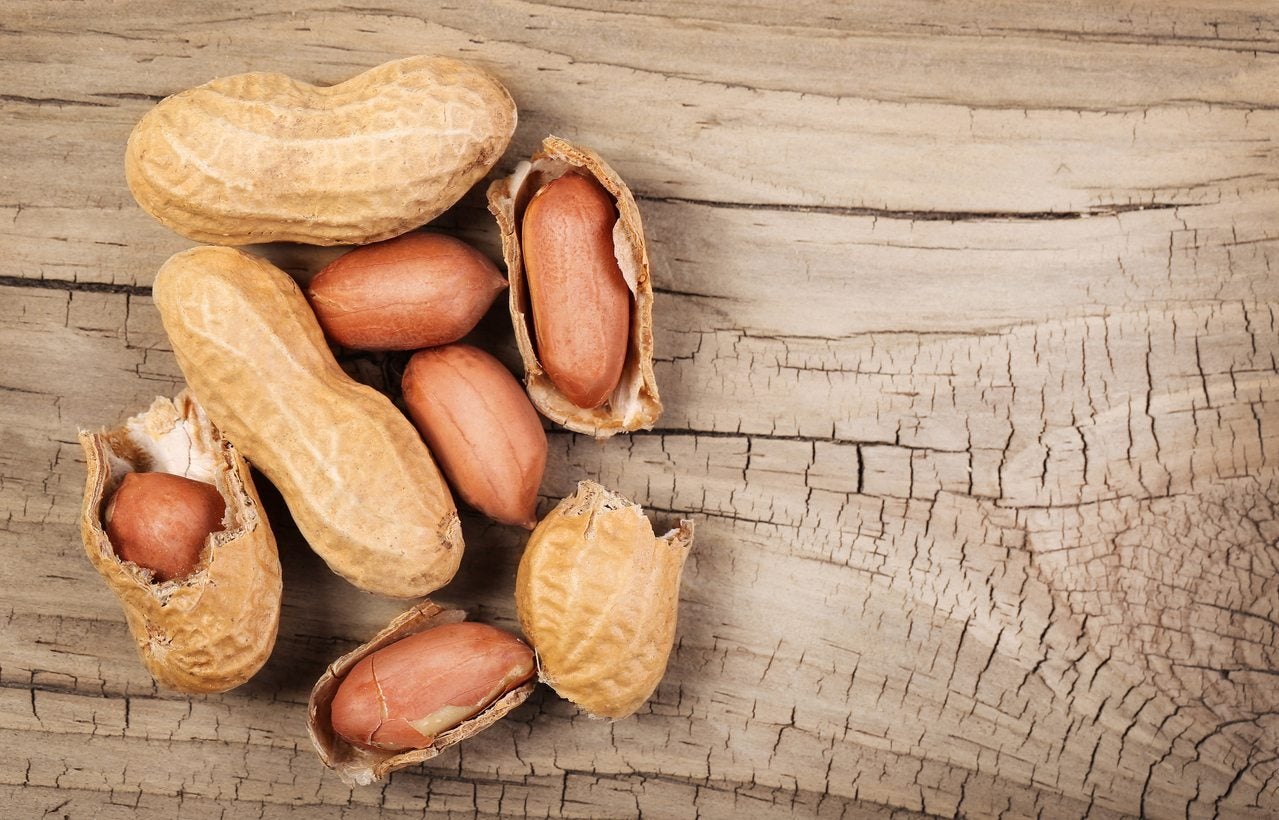 Valencia Peanut Info: Learn How To Grow Valencia Peanuts
Valencia Peanut Info: Learn How To Grow Valencia PeanutsIf you are only familiar with peanuts in the form of peanut butter or ballpark snack, you may be wondering what are Valencia peanuts? Click this article to find out how to grow Valencia peanuts and other info on Valencia peanut varieties.
By Amy Grant
-
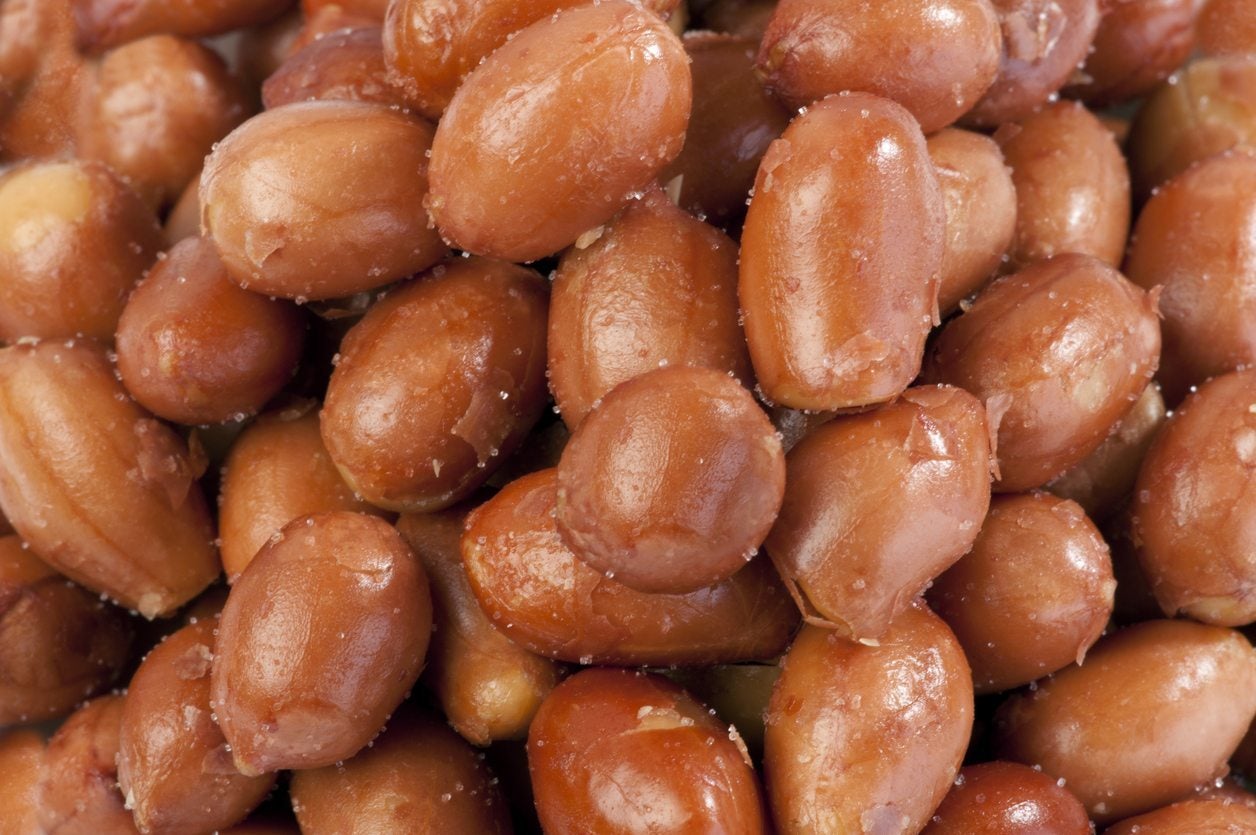 Spanish Peanut Information: Tips On Growing Spanish Peanuts In Gardens
Spanish Peanut Information: Tips On Growing Spanish Peanuts In GardensIf you've ever enjoyed peanut candies or peanut butter, then I'm sure you are familiar with their tasty potential and can't wait to get started growing Spanish peanuts in your garden. Let's get talking about Spanish peanut information and find out how to grow Spanish peanuts here.
By Shelley Pierce
-
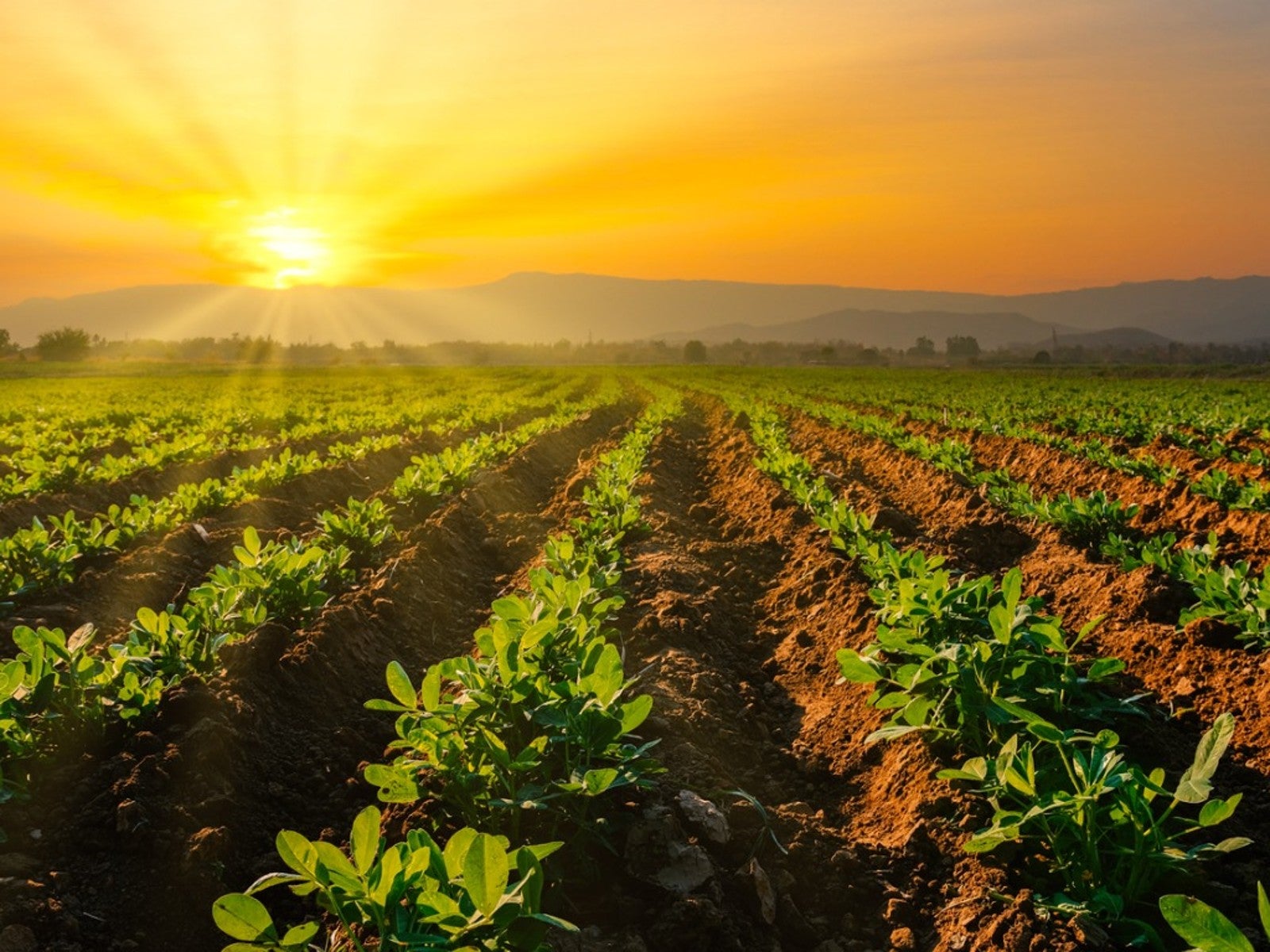 Watering Peanut Plants: How And When To Water A Peanut Plant
Watering Peanut Plants: How And When To Water A Peanut PlantHalf the fun of raising peanut plants is watching them grow and change rapidly. But in order to achieve this feat, certain peanut water requirements must be met. So how much water does a peanut plant need? Find out in this article.
By Gardening Know How
-
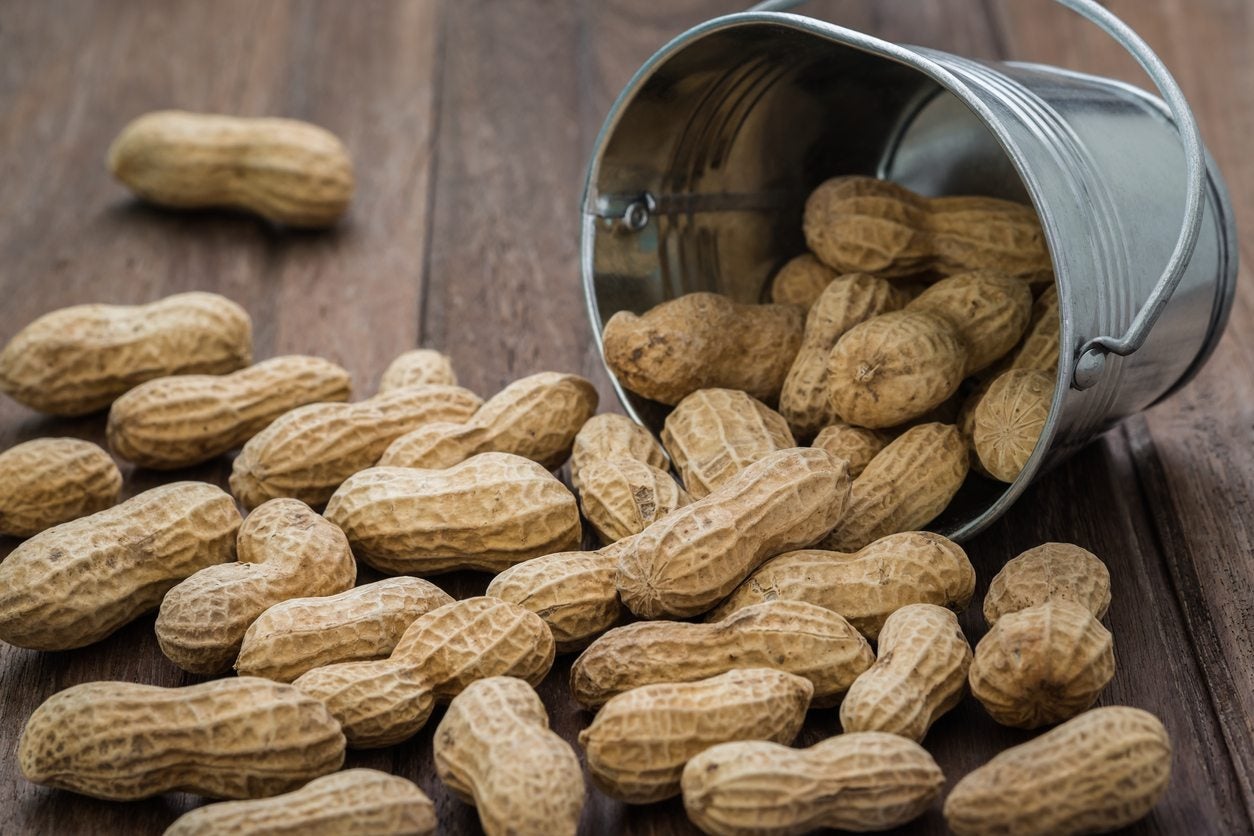 What Is A Virginia Peanut: Information On Planting Virginia Peanuts
What Is A Virginia Peanut: Information On Planting Virginia PeanutsAmong their many common names, Virginia peanuts are called goobers, ground nuts and ground peas. Although they're not grown exclusively in Virginia, their common name gives a nod to the warm southeastern climates where they thrive. Learn about them here.
By Victoria Blackstone
-
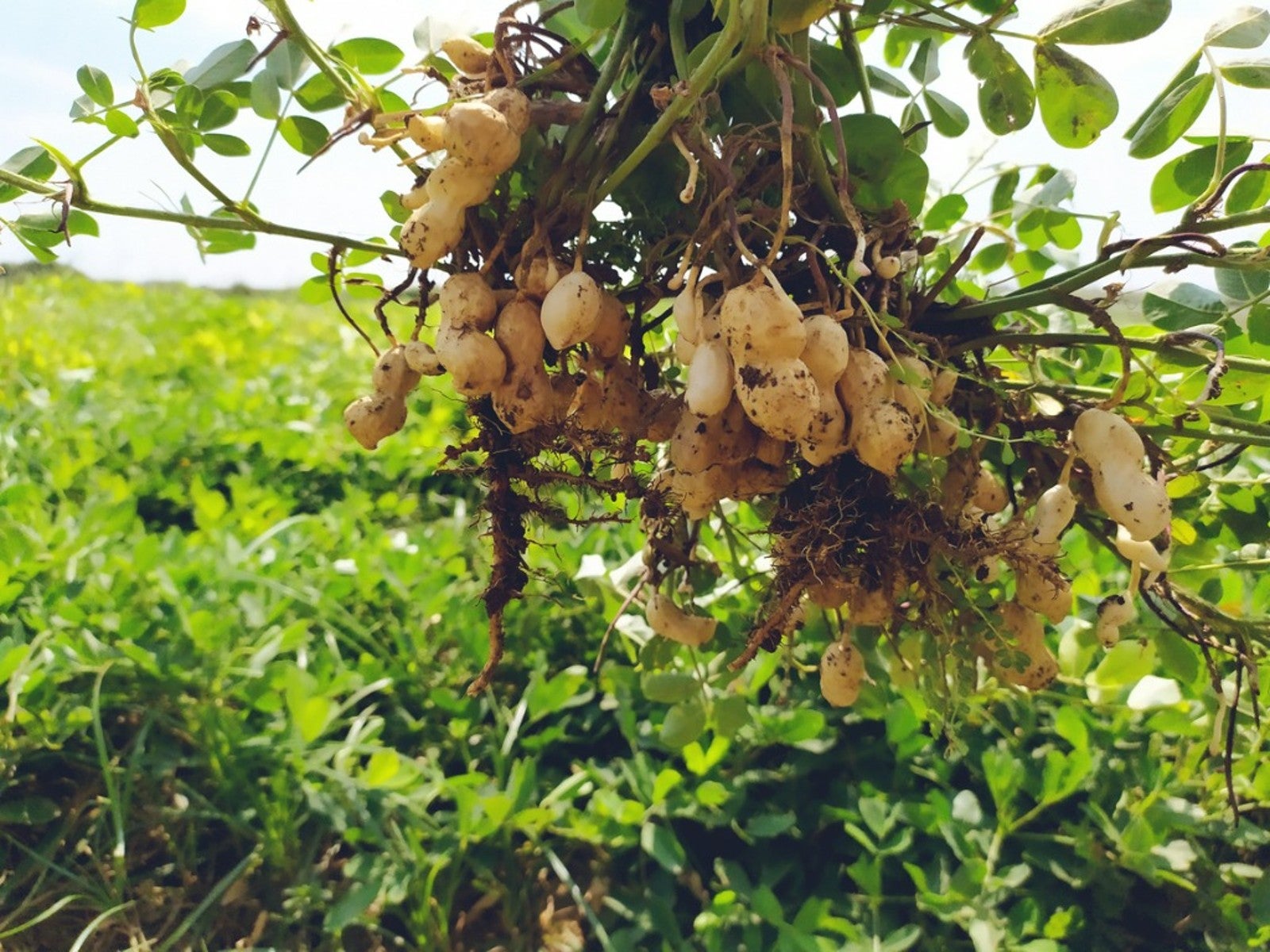 Runner Type Peanuts – Information About Runner Peanut Plants
Runner Type Peanuts – Information About Runner Peanut PlantsPeanuts are not at the top of the list of the most common plants in the garden, but they should be. They're relatively easy to grow, and there's nothing cooler than curing and shelling your very own peanuts. Learn about runner type peanuts in this article.
By Liz Baessler
-
 Groundcover Peanut Varieties: Using Peanut Plants As Groundcover
Groundcover Peanut Varieties: Using Peanut Plants As GroundcoverIf you are tired of mowing your lawn, take heart. There is a perennial peanut plant that produces no nuts but provides a beautiful lawn alternative. The pretty little yellow flowers are edible and can be used in salads. Learn more about these plants here.
By Bonnie L. Grant
-
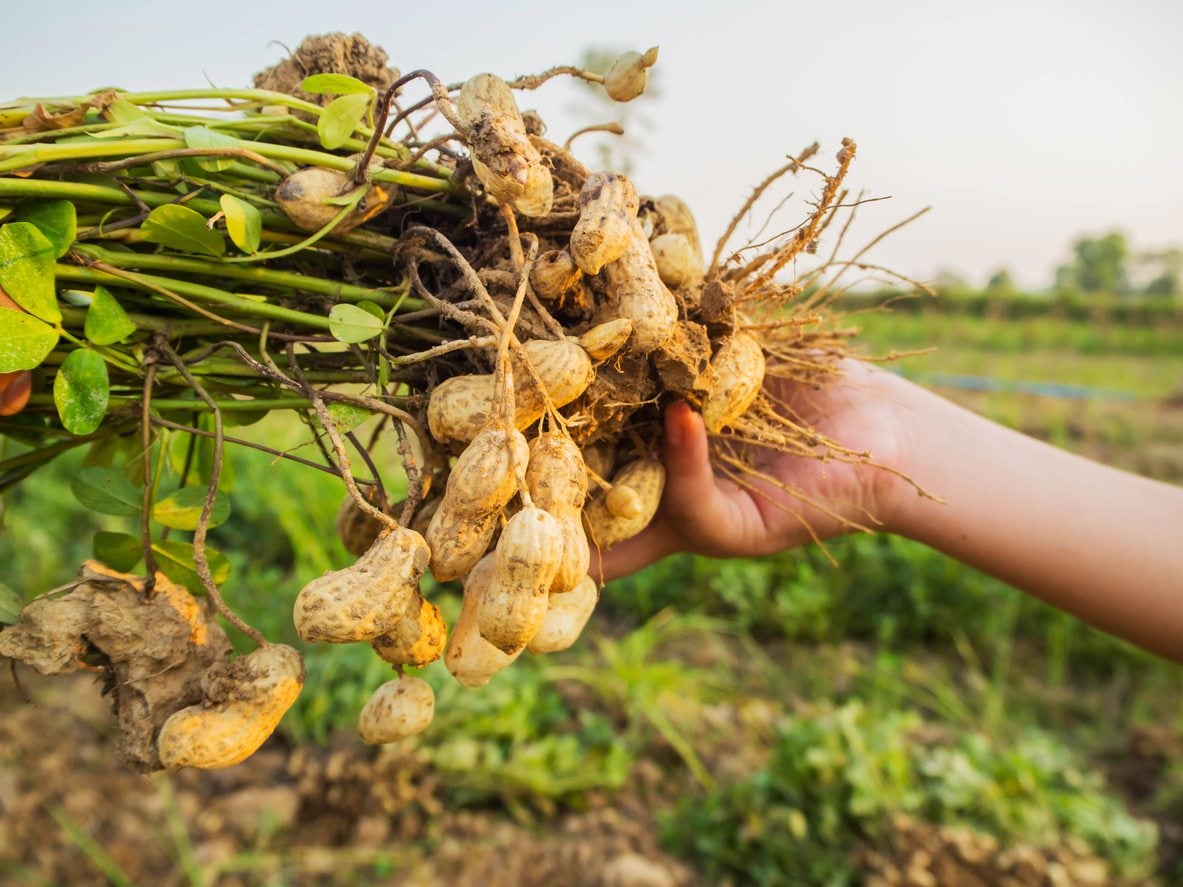 Types Of Peanut Plants: Learn About Different Varieties Of Peanut
Types Of Peanut Plants: Learn About Different Varieties Of PeanutWant to grow peanuts? How hard can it be? After all a peanut is a peanut. But what if your search of peanut plant seeds reveals that there's more variety to peanuts than you knew? Learn about the differences between these peanut plant varieties in this article.
By Darcy Larum
-
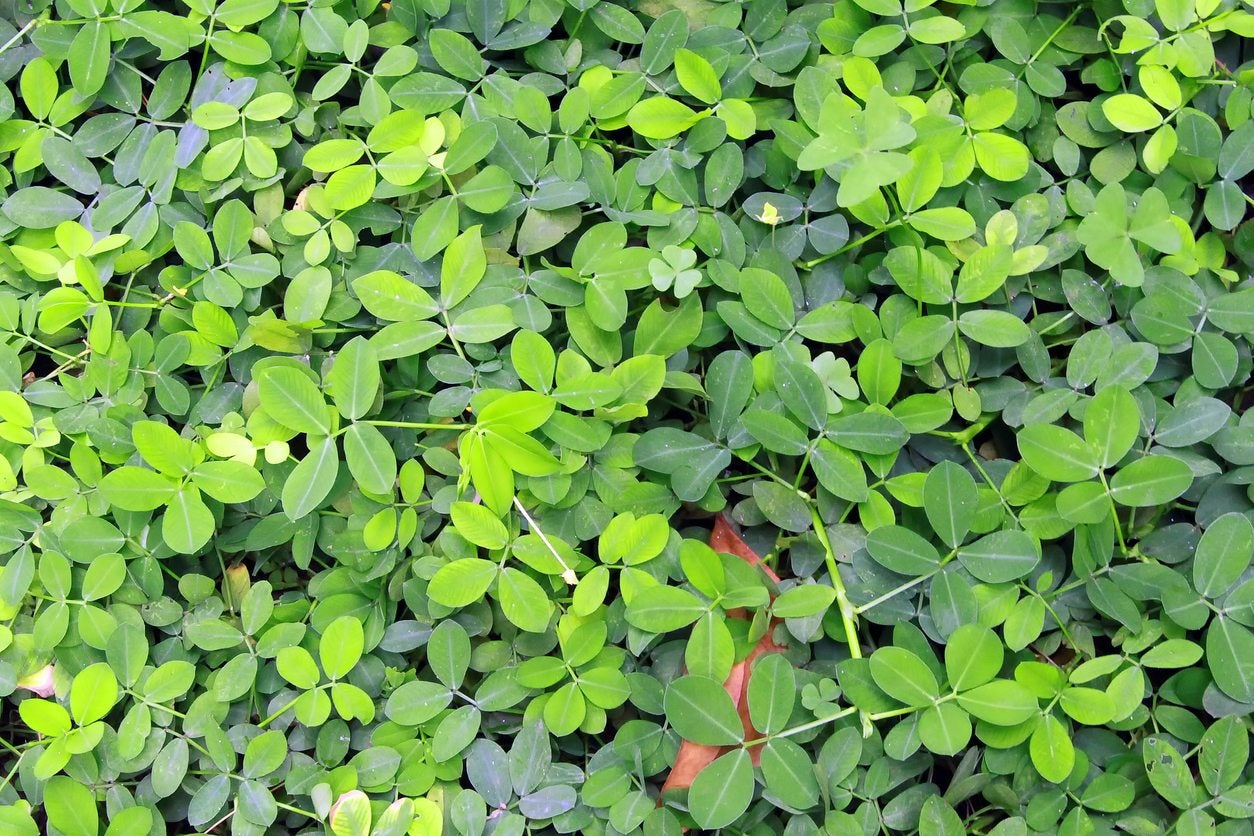 Using Peanuts To Improve Soil – What Are Benefits Of Peanuts In Soil
Using Peanuts To Improve Soil – What Are Benefits Of Peanuts In SoilPeanuts are legumes and, like all legumes, have the amazing ability to fix valuable nitrogen into the soil. Not only are you improving the soil with peanut planting but will end up with a tasty, nutrient rich snack for the family. Learn more here.
By Amy Grant